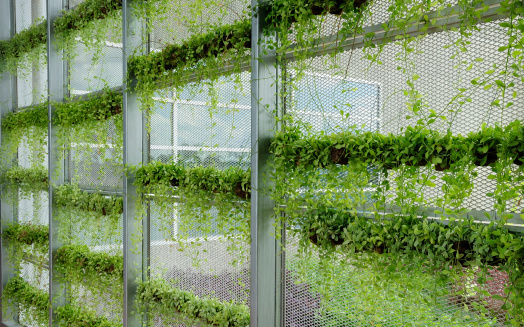
Air quality measures are only one of several areas where new, healthy standards overlap into LEED territory.
The green movement started with great intentions, and like any worthwhile project it has evolved. LEED certification has grown from a costly, fringe idea that only a few could manage to a relatively mainstream one that’s becoming more and more expected. And now there’s another classification and accompanying certification to think about – the WELL Building Standard®.
Do We Really Need Another Standard?
When the WELL Building Standard® program first arrived on the scene, it had plenty of critics. It wasn’t that so few people thought healthier buildings were important. It was more than most people thought LEED was enough, and that any improvement could emerge from what already existed.
A WELL certification is separate from LEED, and proponents say that’s how it should be. Although the two focus on similar issues, WELL and the Green Building Council organizations are are unrelated. The International Well Building Institute is a B-Corp, which means it’s for profit. But it intends to reinvest profits into research and development of materials, methods and products that support the WELL philosophy, ultimately making it easier to qualify for certification.

WELL encourages movement to the outdoors as part of a healthier lifestyle.
What Makes WELL Different from LEED?
Both LEED and WELL are about healthier practices. But where they diverge is with how each focuses that attention. LEED buildings comply with sustainable materials use and practices that make the building itself less of a burden on the environment. WELL buildings, according to Architectural Record, are about the people living and working in those buildings and their wellbeing. It’s about human health, specifically; not environmental health; generally.
WELL 1.0 standards break focus into several categories: “air, water, nourishment, light, fitness, comfort, and mind.” These can be incorporated from the ground up, or incorporated after the fact. Examples include ultraviolet light accessories inside HVAC systems that inhibit mold, wall and ceiling light reflectiveness to promote alertness, design to discourage a sedentary lifestyle, and ergonomic furnishings, according to Architectural Record.

WELL buildings should ultimately be attainable for all levels of development.
Why Compliance Doesn’t Have to Pinch
Although WELL certification isn’t free, program founder, Paul Scialla, doesn’t intend for implementation of the changes to be a burden. Many of the goals set forth by LEED are also covered in WELL, and vice versa. So WELL offers guidelines that show where compliance standards of the two overlap, which gives the public an easier way to measure the true costs.
Scialla says he wants developers and consumers to get past the notion that healthy buildings are a luxury for the wealthy to attain. They should be attainable by everyone, as they benefit society as a whole.
Does America need yet another standard for healthy buildings? Probably. LEED standards have a job, and they do it well. Incorporating WELL standards would further complicate it. Of course many believe that two separate standards to meet, and understanding where they merge, is complicated, too. But because one focuses on the building itself and the other focuses on the all-around wellbeing of people, two separate certification programs lets users decide.
PDH Academy is dedicated to promoting the education of architecture professionals. When new developments emerge and standards are set in place, the more you know the more beneficial your skills are to the community. When your next professional development hours requirements are due, check out our courses. We have what you need in a format that makes staying current as convenient as possible.






